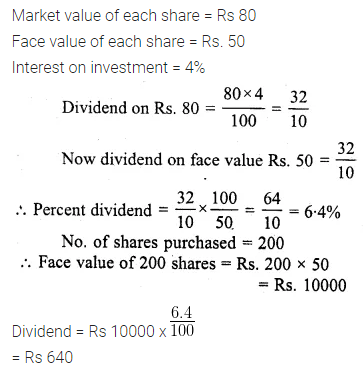When performing a DCF valuation, you should make a distinction between using market vs e-book value for debt. It is a important a part of calculating the weighted common value of capital (WACC). You might want to know your assets’ or business’s market worth if you are able to sell. Your business’s e-book worth shows you how much your company ought to be worth, in theory, if you have been to liquidate your assets. Using the P/B ratio at the facet of other valuation strategies enhances the ability to inform apart between guide and market value precisely.
It may be concluded, then, that market values are considerably more risky than guide values. When a enterprise is trying to refinance or pay off current loans, knowing the of its assets can significantly affect negotiations with lenders. It’s akin to when you’re attempting to promote your house—you need to know what it’s value before coming into into any offers. If a company has vital property, this might persuade creditors to supply higher phrases on loans or settle for more favorable reimbursement situations. In addition, guide worth is incessantly used to discover out whether or not an asset is under- or overpriced.

Investors use intrinsic value to determine undervalued securities that may yield larger returns over time. Understanding intrinsic value aids in making knowledgeable choices for stock valuation, options pricing, and investment strategy. E-book value and market worth are two necessary metrics used in financial evaluation to evaluate the price of a company or an asset.

The Argument For Using E-book Worth In Valuation (tobin’s Q Example)
Contemplating both in tandem—alongside trade context and other valuation tools—enables extra knowledgeable, sturdy investment choices. For long-term buyers, understanding how these measures interact is instrumental in figuring out value, managing threat, and developing resilient portfolios. Misinterpreting guide value often happens when investors mistake it for a direct illustration of a company’s market worth or potential for progress. It’s important to note that e-book value only displays the net asset value excluding intangibles and potential growth factors.
Danger Sign

Whereas some determinants are quantifiable, others rely closely on market perception, making the distinction between book and market worth essential in investment evaluation. For instance, if XYZ Company has total belongings of $100 million and complete liabilities of $80 million, its e-book worth can be $20 million. This signifies that if XYZ Company were to promote all its property and repay its liabilities, the remaining equity for shareholders would be $20 million. In contrast, the market value of an asset or a business can fluctuate considerably even throughout a short period of time, as this value is set based by market forces.
- Market worth, however, is based on expectations of future profitability and the market sentiment of investors.
- A stock trading below its e-book value would possibly recommend it’s undervalued, whereas a better market worth might point out robust future progress potential.
- For investors, a excessive NAV means the fund is doing properly, however it’s important to look at developments over time quite than focusing on day by day numbers.
- For occasion, Microsoft reported complete property of round $301 billion and whole liabilities of about $183 billion.
Why Do Market Worth And Book Worth Diverge?
It is widespread to see even large-cap stocks shifting 3% to 5% up or down during a day’s session. Stocks often become overbought or oversold on a short-term basis, based on technical evaluation. As the market worth of shares adjustments all through the day, the market cap of a company does so as well.

In most real-world eventualities, market worth is considered extra related for business transactions, because it reflects what buyers are literally willing to pay. However, guide value offers a powerful basis for understanding the monetary health of a company. However, market worth could be risky and topic to irrational exuberance or pessimism.
Key indicators corresponding to GDP progress, unemployment charges, inflation, and rates of interest provide insights into financial well being, guiding expectations about future market performance. When these indicators point toward economic growth, market worth usually rises due to increased investor confidence. Conversely, economic downturns usually result in declining market values, even if a company’s book value remains stable.
By balancing the backward-looking accounting view with the forward-looking market view, you achieve a panoramic understanding of what you’re truly shopping for. The book worth of a company is equal to its whole belongings minus its total liabilities. The complete belongings and total liabilities are on the company’s balance sheet in annual and quarterly reports.
Value investors actively hunt down corporations with their market values beneath their book valuations. They see it as a sign of undervaluation and hope market perceptions turn out to be https://www.simple-accounting.org/ incorrect. In this situation, the market is giving traders a possibility to purchase an organization for less than its stated internet price. Long-term investors additionally have to be wary of the occasional manias and panics that influence market values. Market values shot excessive above guide valuations and customary sense during the Nineteen Twenties and the dotcom bubble. Market values for many corporations actually fell under their e-book valuations following the stock market crash of 1929 and during the inflation of the 1970s.
Conversely, a low market worth relative to book value might counsel an undervalued stock with potential for progress. These assessments turn into indispensable instruments in shaping sound value investing strategies. For instance, technology companies regularly trade at high market values relative to their comparatively low guide values, given their intangible mental capital. Conversely, mature manufacturing companies might need market values near or beneath their guide values, highlighting different valuation realities throughout sectors. Liabilities, together with debts and other obligations, immediately cut back a company’s web asset value.

